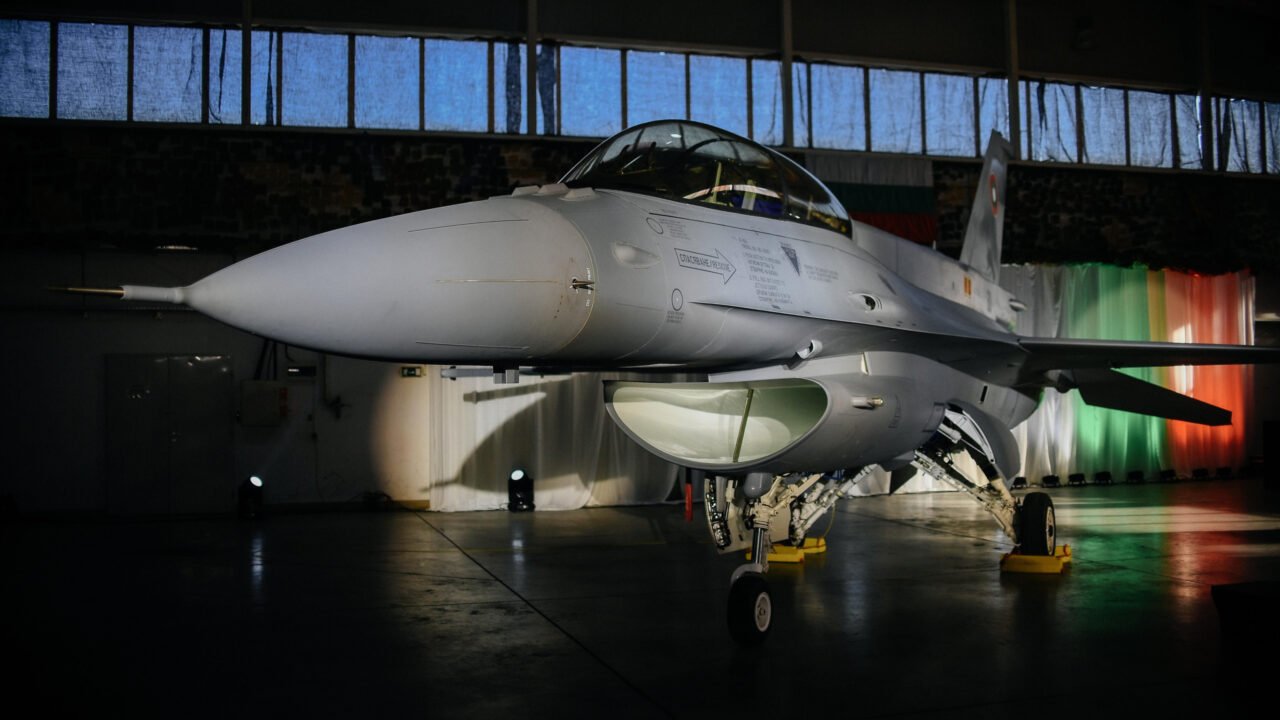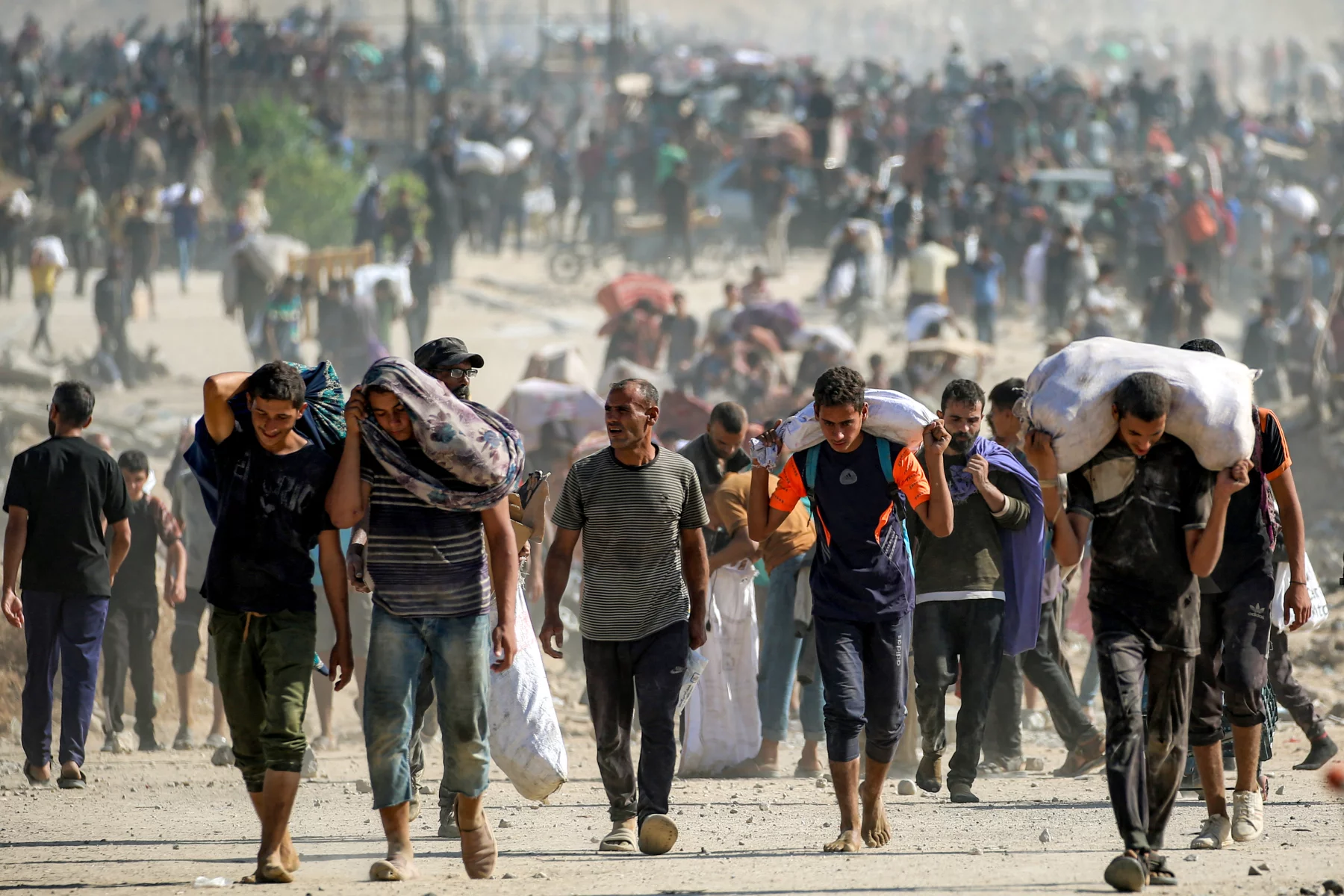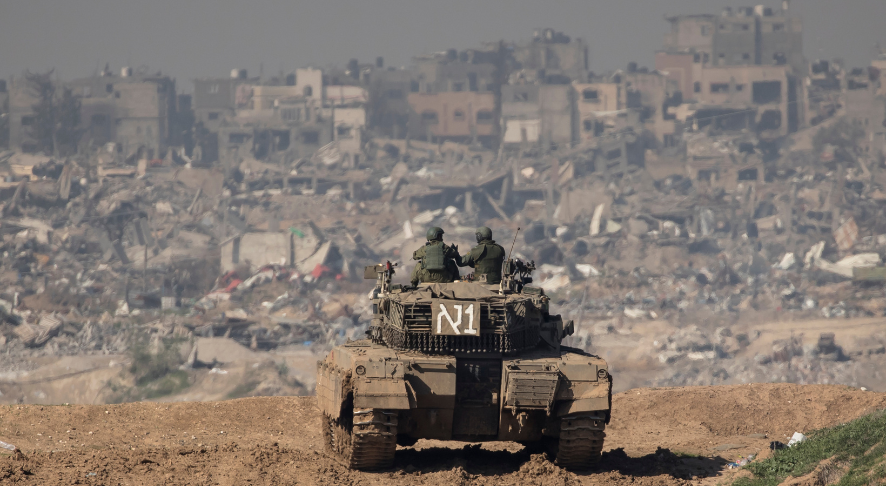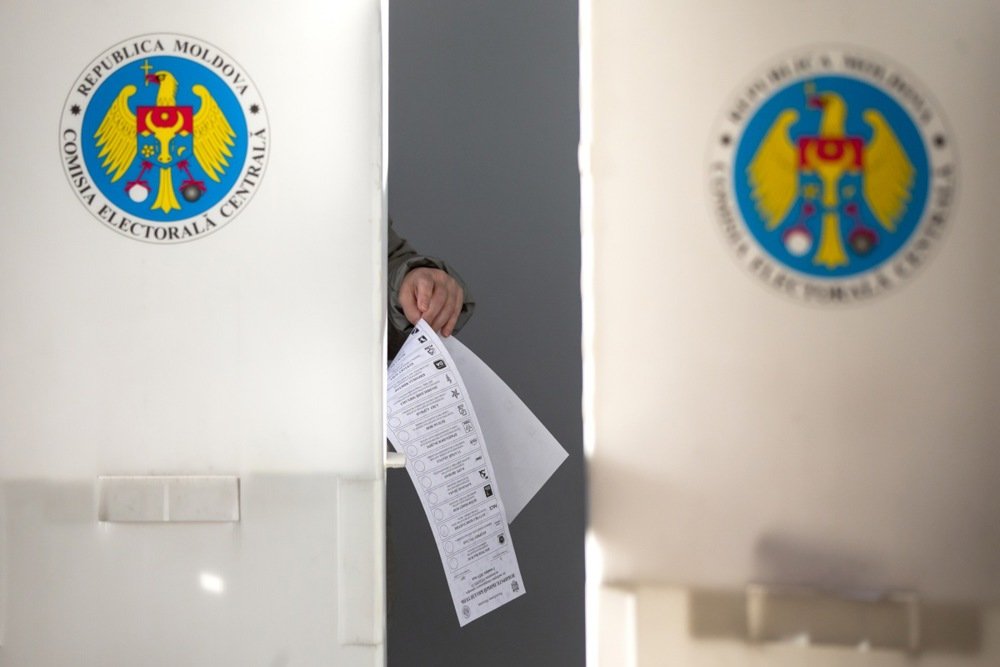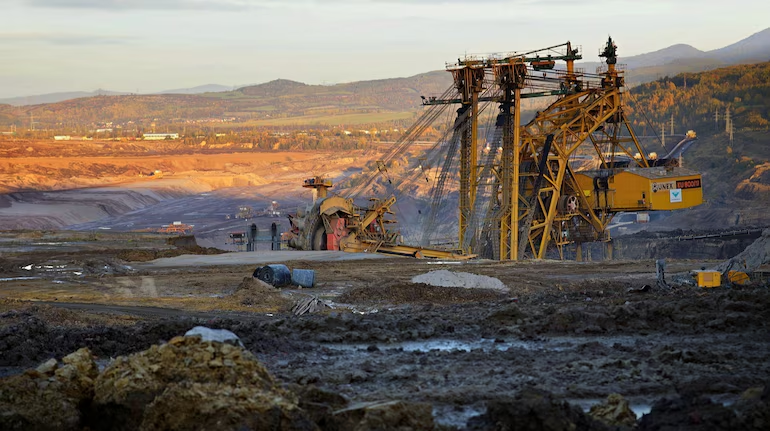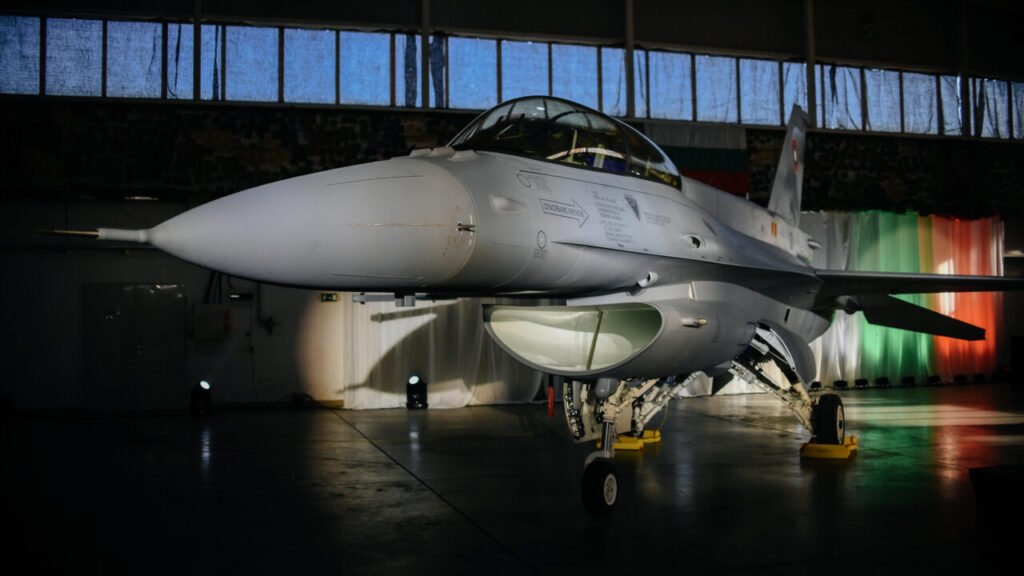
In his preview of the upcoming NATO summit, the alliance’s secretary general Mark Rutte was clear: he expects that “allied leaders will agree to spend 5% of GDP on defence”. After all, “Russia could be ready to use military force against NATO within five years”. Some allies have pushed back—Spain has secured a carve-out—against a spending target so obviously chosen as much to gratify US president Donald Trump as to deter Vladimir Putin. And sceptics are right to have reservations about the scale and speed of the spending implied. Europe does needs to rearm—but the risk now is too much spending, too fast.
The promised tsunami of new defence expenditure is fraught with dangers. For European countries, finding the necessary resources will have a huge impact on national economies, and perhaps even political stability. And, perversely, a massive crash rearmament programme is as likely to hinder as to help the transformation of European defence now generally accepted to be essential.
Money for munitions
The additional sums implied by the figures under discussion are vast. Even on a purchasing power parity basis, European states already spend roughly as much as Russia on defence. Together, European Union member states spent €325bn in 2024 (1.8% of GDP). Pushing that to 5% implies EU defence spending of over €900bn; even a more modest target of 3.5% would mean roughly doubling its outlays.
Yet public finances across Europe’s national economies are already overstretched. The UK government now spends more on debt-servicing than on anything other than health: over £100bn a year. Its debt-to-GDP is close to 100%. For the eurozone the percentage is 87%, which is not much better. But the only realistic way to find extra defence money quickly will be more borrowing. Indeed, the European Commission has already recognised this in its Rearm Europe plan, relaxing its fiscal rules to permit more borrowing for defence. It is even offering €150bn of its own loans—together, these moves imply perhaps €800bn of new defence investment by member states.
Optimists argue that such massive investment is actually what sluggish economies need to jump-start the growth that will enable debt repayment. UK prime minister Keir Starmer has even hailed the “defence dividend” that a bigger defence budget offers the wider UK economy. But “investing” in munitions can never do as much for an economy as putting the same money into infrastructure, or green energy. A warplane in a hanger is not a productive asset.
The rush to rearm is a massive economic gamble. The potential losers are not just future generations saddled with huge debts, but today’s societies
The rush to rearm is thus a massive economic gamble. The potential losers are not just future generations saddled with huge debts, but today’s societies. Disgruntled populations, whose sense of economic wellbeing has never recovered from the global economic crash of 2008, will likely become even easier prey for populist or nationalist politicians gathering strength across Europe. The continent’s security will not be reinforced by more Putin apologists taking power.
Alarm bells are ringing
So too much—but also too fast. Rutte’s “five years to prepare” is only one of a range of assessments of when Putin could be ready to assault eastern Europe; and all such guesstimates must take an end to Russia’s military haemorrhage in Ukraine as their starting point. But only if Europeans fail to compensate for lost American support for Kyiv (the single most useful thing they can do with any defence pound or euro) will the Russians enjoy any respite any time soon. Nevertheless, the EU has also succumbed to the general alarm—that €800bn boost to defence budgets is available only until the end of the decade.
Simply getting so many extra billions out of the door in such haste will be challenge enough for ministries of defence, even when contracting familiar suppliers for familiar equipment. But business as usual is to be foresworn. Defence, from frontline to factory, must be transformed. The war between Russia and Ukraine dictates a whole new set of capability priorities: less hardware, more software. New autonomous systems and missiles, in huge quantities, controlled, integrated and protected by new AI, cyber and electronic warfare systems must now be prioritised over traditional combat aircraft, tanks and ships. Armed forces will need to restructure themselves, and revolutionise the way they operate. And defence industries also require transformation: from the multi-year procurements of big-ticket items on which their business models are based to an infinitely more agile and innovative way of working. This requires skills and technology that they will increasingly need to attract from the civil sector.
None of this will come easy to any of the parties involved. Vested interests will cling to the old ways of doing business. And, as a further complication when it comes to EU loans, the commission is (rightly) insisting that it will be conditional on collaborative, cross-border procurement, and on buying predominantly in Europe.
Relying on old suppliers
No wonder then that EU member states have pushed back against the commission’s plans. The regulation for the loans programme now recognises the absence of sufficient oven-ready collaborative projects by accepting traditional national purchases for the first year. And someone has managed to insert into the text a reference to “maritime surface and underwater capabilities”—never on anyone’s Ukraine-derived list of priorities, but great for national shipyards and an easy way to shift a few billions.
It would be unfair just to blame national government attachment to old, often incestuous, relationships with national industries. Such pushback is also a recognition that the only way the member states can hope to shift all their huge new budgets will be with “more of the same” orders to their familiar suppliers.
And transforming defence will be a massive cultural and organisational challenge for all involved. Some extra money will help. But the tsunami of new money to be dispensed at breakneck speed risks simply overwhelming managerial capacities throughout the defence enterprise—and encouraging a reversion to old practices if a desperate effort to cope.
*
The saving grace is that, whatever targets and deadlines Europeans commit themselves to at this week’s NATO summit, they will assuredly cheat. They will find myriad imaginative ways to reclassify other expenditure as “defence”: new port, railway and road projects will proliferate under the convenient heading of “military mobility”. Spending goals will simply be missed. Money will be wasted, as is always the case in public emergencies (think covid-19). The transformation required will begin to take shape, but less rapidly and less coherently than if more realistic targets had been set. And voters’ disenchantment with how national governments are running their economies may well change the political complexion of Europe for the worse. That, at least, should gratify Trump.

